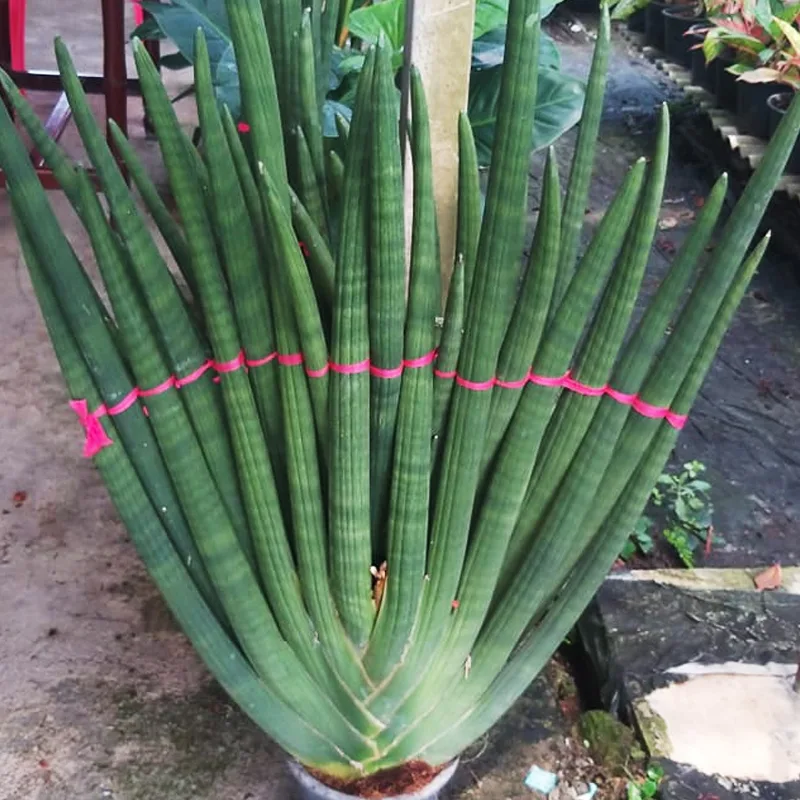
The Alluring Miniature Pine Tree: My Adventures with Crassula Tetragona
For years, my balcony has been a canvas for various plants, each with its unique personality. But none have captivated me quite like the Crassula Tetragona, a succulent that lives up to its nickname – the Miniature Pine Tree. Its charm lies in its simplicity – tiny, evergreen needles reaching for the sky on a woody trunk. It doesn’t demand constant attention, yet rewards you with a touch of whimsy in your urban jungle.
220 Species in Genus Crassula
Does Crassula Tetragona Grow Branches?
Absolutely! While the initial growth might appear as a single, vertical shoot, with proper care, your Crassula Tetragona will branch out, forming a delightful miniature tree. Patience is key here. Don’t be tempted to prune in its younger stages. Let it establish a strong central stem, then with strategic pruning (more on that later), you can encourage bushier growth.
How to Care for Crassula Tetragona?
Here’s the beauty of this succulent – it thrives on neglect (to a certain extent). Crassula Tetragona is a survivor, hailing from the dry regions of South Africa. Here’s what it needs to flourish on your balcony:
- Sunlight: Mimic its native habitat by providing ample sunlight. A south-facing window or a few hours of direct sunlight daily will do wonders.
- Watering: This is where underwatering is better than overwatering. The plump leaves store water, so err on the side of dryness. Let the soil dry completely between waterings. In winter, you can reduce watering even further.
- Soil: Crassula Tetragona needs well-draining soil to prevent root rot. A succulent or cactus mix is ideal. You can even add perlite or sand for extra drainage.
- Potting: Choose a pot with drainage holes. A terracotta pot allows for better airflow and prevents the soil from staying soggy.
How to Propagate Crassula Tetragona?
Sharing the joy of this little tree is easy. Here’s how to propagate your Crassula Tetragona:
- Leaf cuttings: Select healthy, plump leaves. Allow them to callus over for a day or two (leave them on a dry surface). Then, gently lay them flat on top of a well-draining soil mix. Don’t bury them – new growth will emerge from the base. Patience is key here – it can take weeks for roots to develop.
- Stem cuttings: This method is slightly trickier. Take a healthy stem cutting with a few nodes. Allow it to callus over, then plant it in a pot with well-draining soil mix, making sure at least one node is buried. Keep the soil slightly moist (but not soggy) and provide bright, indirect light. Roots should develop within a few weeks.
Beyond the Basics: My Tips for a Thriving Crassula Tetragona
- Pruning for Bushier Growth: Once your Crassula Tetragona has reached a desired height, you can prune the top growth to encourage branching. Use sharp, sterilized shears to make a clean cut just above a node. New shoots will emerge from the cut point.
- Repotting: As your Crassula Tetragona grows, it might need a bigger pot. Signs include slow growth or roots pushing out of the drainage holes. Repot in spring or summer using a pot one size larger with fresh succulent mix.
- Pests and Diseases: Thankfully, Crassula Tetragona is relatively pest and disease resistant. However, keep an eye out for mealybugs, which appear as cottony white clusters on the stems. You can remove them manually with rubbing alcohol or neem oil.
With a little care and these simple tips, your Crassula Tetragona will become a cherished companion on your balcony, bringing a touch of evergreen charm to your urban oasis.
If i die, water my plants!



